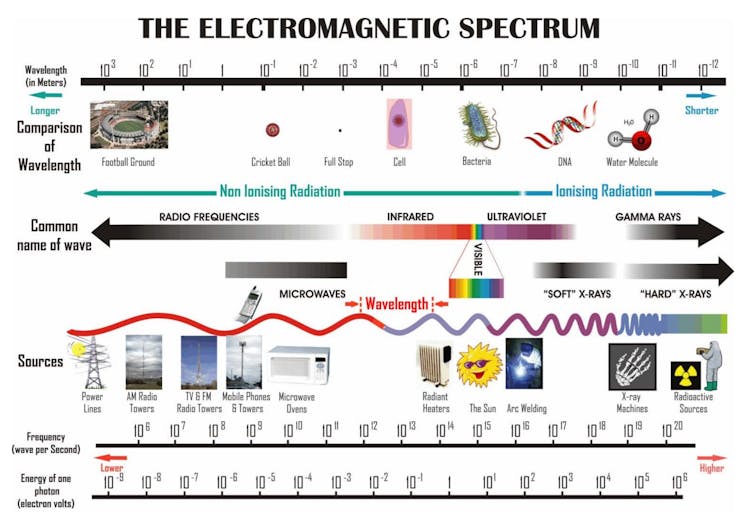The health risks of 5G radiation are still being debated, however one study suggests that there is a connection between radiofrequency radiation and cancer in male rats. The study was classified up until it was declassified at the end of 2012 by Central Intelligence Agency, but it has proven that radiofrequency may cause cancer in animals, including humans. In the study, researchers exposed male rats to radiofrequency for 15 days and discovered that they developed same types of cancers as human beings do.
Health effects of radiation from 5G
The rapid expansion of wireless communication have led to development of 5G technology There are increasing concerns regarding the health effects of radiation from 5G. Although higher frequencies do not affect the body as much as the older technology, researchers have pointed to possible health effects that are systemic and have called for further research. To ensure that the population is safe to protect the population, the European Commission is requesting independent studies to determine if the technology poses any health hazards.

It is crucial to remember that there is a significant number of misinformation about the health implications of 5G and it is crucial to clear any misconceptions that persist. Although 5G isn't yet widely used however, there are many people who are being told that it could cause health issues, most often via social networks, where hyperbolic language is used.
Beamforming technique
Beamforming is one of the most vital technologies in five-G networks. does 5g emit radiation is a method that uses several radiating elements to produce a narrow beam. The aim for beamforming is reduce how much unwanted radiation is reflected that is in the resultant signal. 5g towers radiation is commonly employed for wireless communications systems and is crucial for 5G's cost-effective coverage.
The method is based on electronically weighting the individual signals from each antenna. This results in the small beam of radiation that improves cell coverage indoors and at the cell's edges. This technique is important as poor coverage can lead to lower user satisfaction. In addition to increasing the signal beamforming reduces the amount of interference a user encounters from other devices.
Power density
The power density of 5G electromagnetic radiation coming from cellphone towers is similar to the previous generation of 3G and 4G systems. 5g towers radiation for the lower power is the electrical components' sensitivity. The maximum radiation output of the 2G handset was around 2 Watts, whereas that of 4G phones was approximate 200 milliwatts.
The power density is a measure of the amount of electromagnetic energy that can be absorbed into the body from a specific distance. Its power density in radiation 5g is usually measured in the watts per square metres. Unlike the SAR measurement power density is a measurement of the amount of electromagnetic energy that can be found in a given space. The parameters for power density can be different for mobile devices and wearables according to their operating frequencies and distance.
Specific absorption
The Specific Absorption Rate (SAR) is an measure which measures the speed at which a specific frequency deposits power into human tissues. In generally, a SAR is not more than two watts per kilogram of body mass. This figure is derived through the electrostatic field present within the tissues and the density of mass, measured by kilograms of mass per cubic meters. It was recently used to determine the antenna design.
The new radio technologies which comprise the 5G network operate on frequencies that are lower than 6 GHz. These frequencies are referred to by the name millimeter wave. However, The FCC's SAR compliance test only applies to frequencies up 6-GHz. Furthermore to that, the SAR test requires that measurements be performed with phantoms made of tissue simulating media.
Health effects on skin
At present, we are not aware of the effects of 5G radiation in the body. Our knowledge of the subject is inadequate because of the absence of in-vivo experiments and theoretical models. There is however an urgent need for further research on the effects of 5G radiofrequency radiation on the human skin. Using 5G radio frequencies can cause damage to the skin specifically to the epidermis, an extremely sensitive organ.
In contrast to 4G, 5G radiation has a high frequency that has been shown to increase the temperature of human body tissues. Human body is dipolar, which means that the increased frequency of 5G radio waves will cause heat in the skin. Exposure to 5G radio frequencies can be detrimental to other organs of the body, like the brain.
